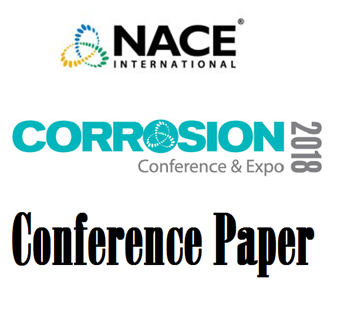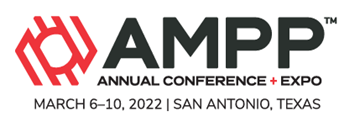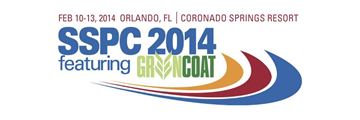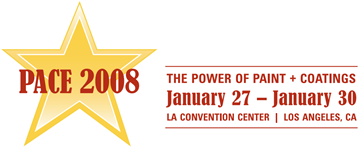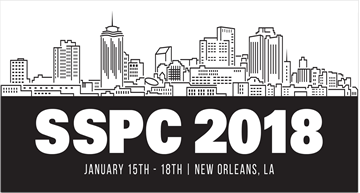Search
Products tagged with 'quality assurance'
View as
Sort by
Display
per page
51318-10568-Quality & Performance Review of Duplex Stainless Steel Products – An End Users Perspective
Product Number:
51318-10568-SG
Publication Date:
2018
$20.00
After 30 Years Of Duplex Stainless Steel Experience In Oil & Gas - Do We Still Face Challenges?
Product Number:
51322-17690-SG
Publication Date:
2022
$20.00
Application Process for Optimum Paint and Coating Systems’ Performance for Navy Ships
Product Number:
SP21416-2020
Publication Date:
2020
$109.00
Breathing the Fresh Air of Compliance: Establishing an OSHA Compliant Respiratory Protection Program
Product Number:
41215-880-SG
Publication Date:
2015
$20.00
Complete Project Coating Inspection Includes Inspecting Shop Applied Coatings
Product Number:
51323-19217-SG
Publication Date:
2023
$20.00
Electronic Management of Paint Records - Paperless QA
Product Number:
41214-860-SG
Publication Date:
2014
$20.00
Paint Inspection From the Coating Manufacturer’s Perspective
Product Number:
41215-894-SG
Publication Date:
2015
$20.00
PTEAMBASE: A Program Management Tool to Capture the True Costs of Navy Corrosion
Product Number:
41208-460-SG
Publication Date:
2008
$20.00
Quality Control and Quality Assurance: Defining the Roles and Responsibilities of the Contractor’s QC and the Owner’s QA
Product Number:
41205-177-SG
Publication Date:
2005
$20.00
Retro Tank Rehab One City’s Riveting Tale
Product Number:
51218-097-SG
Publication Date:
2018
$20.00
- 1
- 2

